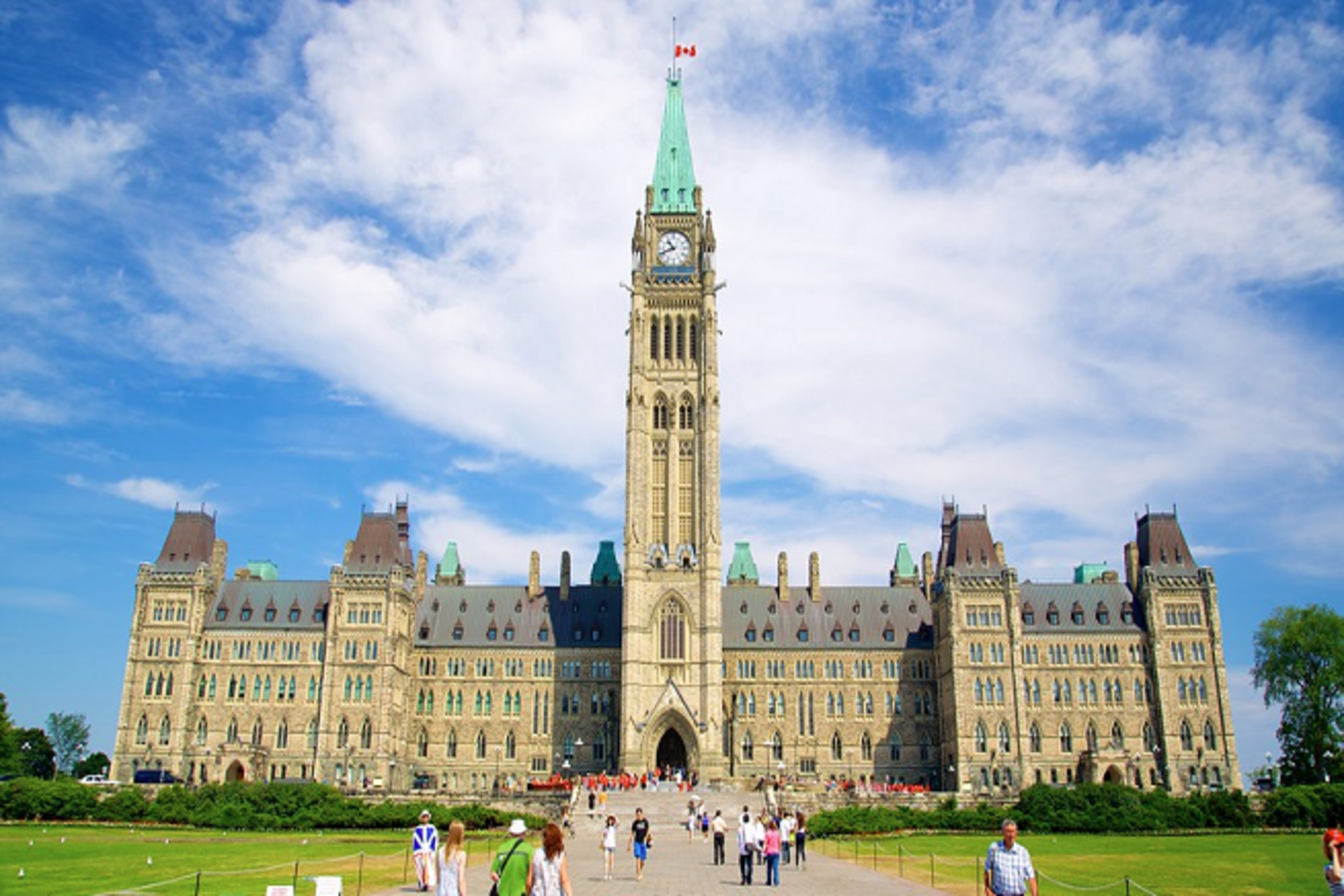
OTTAWA, March 23, 2017 – This year’s budget continues the theme of investment in communities and the built environment that underpinned the 2016 budget. According to Michael Cox, President-Elect of the Royal Architectural Institute of Canada (RAIC), “This budget strives to be transformative for people, place and planet. Its promise is to invest in more sustainable systems – infrastructure, buildings, transportation, industry and innovation – that will elevate Canadians’ quality of life.”
Much of the budget is centered around cities with a federal re-engagement in housing, transit system expansions and infrastructure at post-secondary institutions
Sustainability underpins much of this funding with new building codes, energy renewal programs and $5 billion earmarked for green infrastructure projects. “A clean environment and strong economy go hand-in-hand,” says Jennifer Cutbill, RAIC’s Chair of Committee on Regenerative Environments.“It’s good to see the government investing in climate change actions.”
Acknowledging the commitments for additional funding for Indigenous Peoples, professor and architect Patrick Stewart, the Chair of the RAIC’s Indigenous Task Force, says that any such investment must be “based in the Indigenous knowledges of their communities to contribute to the success of their communities. This is especially true for design where our alternative design processes and forms of community engagement empower First Nations communities.”
Innovation to solve Canada’s big challenges features prominently this year. For example, the Smart Cities Challenge calls for improving quality of life through better urban design. “It’s interesting that the government is rethinking what a 21st century city should be and recognizing that it deserves money for research” says Mr. Cox. “We’re one of the professions key to developing smart cities.”
Click here for full details on the federal budget.
Highlights of budget items related to the built environment and design.
Housing
- $5-billion over the next 11 years for a newNational Housing Fund to address critical housing issues and prioritize support for vulnerable citizens, among them seniors, Indigenous Peoples, and persons with disabilities;
- $3.2 billion over the next 11 years for affordable housing, including new construction and renovation of existing housing;
- $300 million over the next 11 years to provide targeted support for northern housing;
- $225 million over the next 11 years to housing providers serving Indigenous Peoples not living on-reserve, including for capital repairs and development of new housing.
Public Transit
- $20.1 billion over 11 years for new urban transit networks and service extensions.
Indigenous Communities
- $4 billion over 10 years to build and improve housing, water treatment systems, health facilities and other community infrastructure (in addition to $8.4 billion over five years announced in 2016);
- $83.8 million over five years to Indigenous and Northern Affairs Canada to improve the design and construction of northern infrastructure;
- integrate traditional Indigenous knowledge to build a better understanding of climate change and to guide adaptation measures;
- enhance Indigenous community resilience through infrastructure planning and emergency management in those communities where flooding risks are increasing;
- $5 million per year for five years to Indspire, a charitable organization that helps Indigenous students attend post-secondary school. The funding is conditional on Indspire raising $3 million per year in matching funds. The RAIC Foundation is a contributor to Indspire.
Greener Buildings
- $5 billion through the Canada Infrastructure Bank over the next 11 years for green infrastructure projects, including those that reduce greenhouse gas emissions;
- $182 million to develop and implement new building codes to retrofit existing buildings and build new net-zero energy consumption buildings across Canada;
- $67.5 million over four years to Natural Resources Canada to renew and continue existing energy efficiency programs;
- $39.8 million over four years to Natural Resources Canada to support projects and activities that increase the use of wood as a greener substitute material in infrastructure projects, e.g. in mid-rise commercial and industrial buildings.
Infrastructure
- $741 millionfor infrastructure projects at universities and colleges and affiliated institutions through the Post-Secondary Institutions Strategic Investment Fund;
- $340 millionfor equipment and facilities for post-secondary institutions, research hospitals, and other not-for-profit institutions;
- $300 million over 10 years to the Canada Cultural Spaces Fund, focused on the construction, renovation and equipment needs of creative spaces/hubs.
City-building
- $300 million over 11 years to Infrastructure Canada to launch a Smart Cities Challenge Fund. The Smart Cities program invites cities to create ambitious plans to improve the quality of life for urban residents through better city planning, greener buildings, smart roads and energy systems and advanced digital connections.
Recognizing foreign credentials
- $27.5 million over five years, and $5.5 million per year to help newcomers, including foreign-trained architects, in the process of getting their credentials recognized.
ABOUT THE RAIC
The Royal Architectural Institute of Canada is the leading voice for excellence in the built environment in Canada, representing about 5,000 members. The RAIC advocates for excellence in the built environment, works to demonstrate how design enhances the quality of life and promotes responsible architecture in addressing important issues of society.



